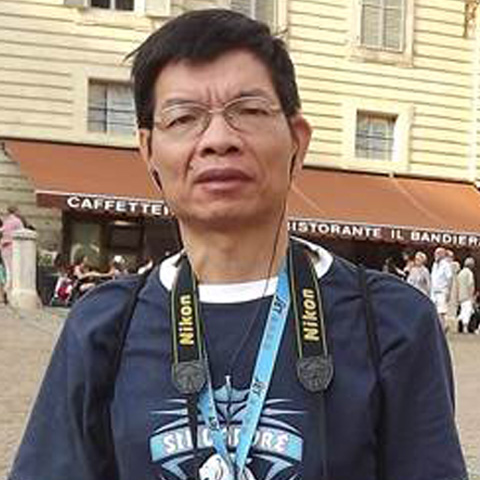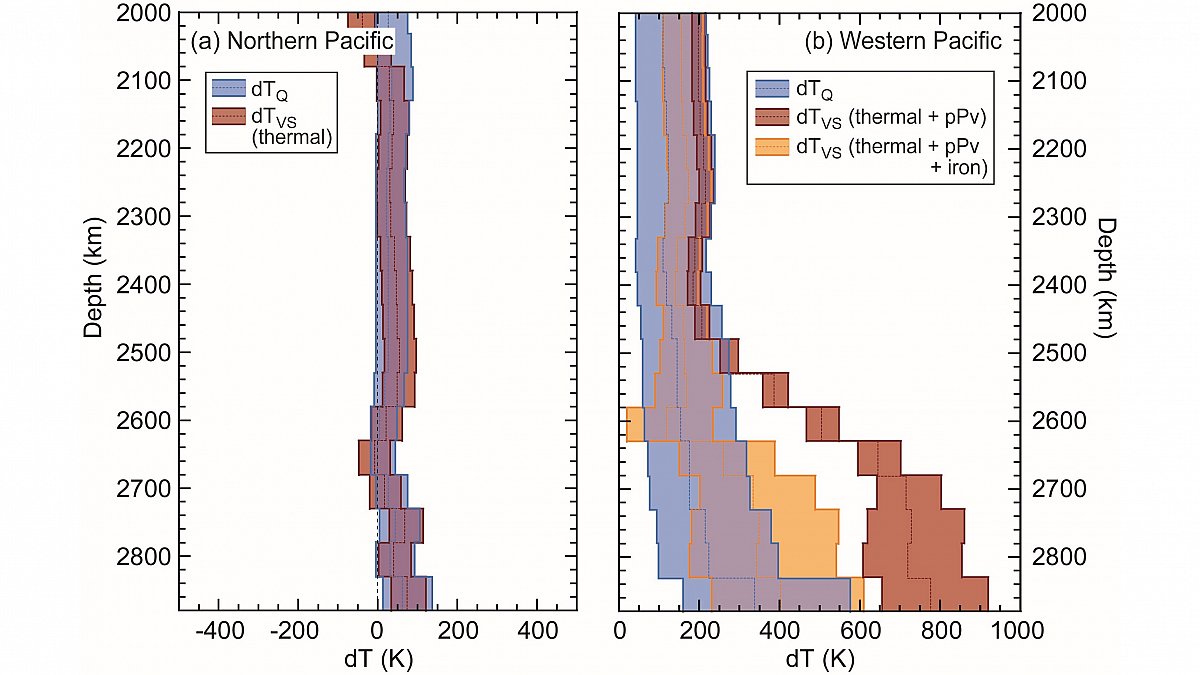Research Fellows/Professors︰Cheng-Horng Lin、Ban-Yuan Kuo、Frederic Deschamps、Wu-Cheng Chi、Wen-Che Yu、Wen-Pin Hsieh、Eh Tan、Hsin-Hua Huang
Research Scientists︰Wen-Tzong Liang、Ching-Ren Lin、Chin-Jen Lin
Geophysics and geodynamics researches employ a variety of the state-of-the-art geophysical methods to investigate (1) complex structures and their distribution in Earth’s interior, (2) ocean-bottom seismology, (3) mechanism and dynamics of slab subduction and convection of planetary mantle and lithosphere, (4) physical and chemical properties of deep Earth materials, (5) evolution of Earth’s gravitational and magnetic fields with applications to natural hazards and environments.
Recent significant achievements include reconstructing the 3D subduction geometry between Eurasian and Philippine Sea plates beneath Taiwan region; understanding the mantle flow anisotropy and kinematics of Ryukyu subduction; unveiling the deep magma reservoirs beneath the Tatun and Yellowstone volcanoes; constraining the velocity structure and hemispheric boundaries of inner core; self-development and commercialization of ocean-bottom seismometer; deciphering global geodynamics, large-scale mantle thermo-chemical structures, and the initiation of shear zones in the lithosphere; precisely probing thermal conductivity of mantle and core along with their significant impacts on Earth’s thermal history; demonstrating the influences of large earthquakes on co-seismic deformation and Earth's normal modes; discovering that metamorphic pyrrhotite is a useful tracer for source-to-sink dispersal of sediments from orogenic belts and could help decipher the denudation history of the orogenic belts in Taiwan and other parts of the world.

































